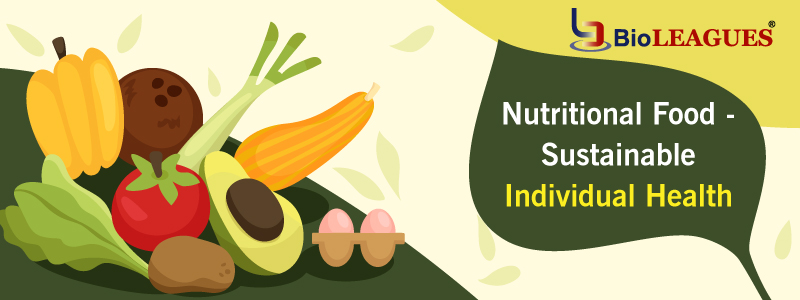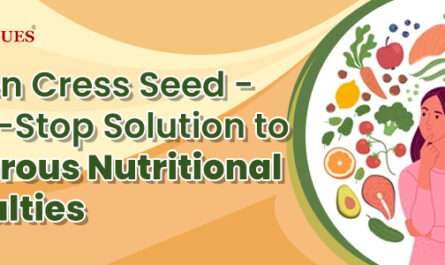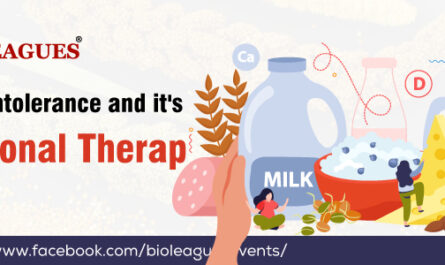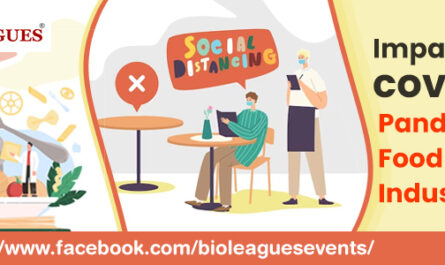In general, today’s definition of wellness does not include just being disease-free. The World Health Organization (WHO) has acknowledged that physical, mental, emotional and social well-being are all components of good health.
Nearly 1400 edible plants are grown in India, and their seeds, fruits, flowers, green shoots, and underground components are commonly eaten (Ray, Ray, and Sreevidya 2020). Additionally, history teaches us how to get and prepare a wide range of resources that are necessary ingredients in meals, such as cereal grains, vegetables, pulses, sauces, spices, or stimulants. This process led to the resources’ quantity and accessibility emerging as determining elements in the procurement, which in turn affected the range of food culture (Gido et al. 2017).
According to FAO, only about 30 domesticated species contribute to the human diet today out of the thousands of edible species, and more than half of the calories consumed worldwide come from rice, wheat, and maize (FAO 2010). Human diets in poor nations are more or less staple-centric and deficient in minerals and variety (Von Grebmer et al. 2014). This shows that there is a need for novel approaches to quantify health status and incorporate sustainable wellbeing by advocating nutritional food for sustainable individual health.
So the question that arise are:
How can we promote sustainable individual health before introducing personal counseling for nutritional food? Is it possible to assess how well people eat in relation to their overall health?
The answer is to know all relevant aspects of health or at least the most important ones for general metabolic balance which may be a difficult target to reach.Once achieved they may lead to sustained individual health.
Author: Ekta Sehgal

Research Scholar (Centre of Food Science & Technology)
CCS HAU,Hisar,Haryana,India




